Filter by
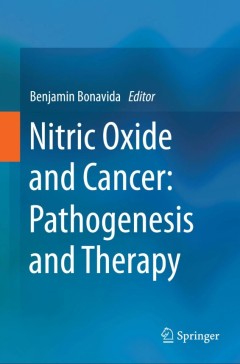
Nitric Oxide and Cancer: Pathogenesis and Therapy
Advances in Nitric Oxide and Cancer is a volume that serves to give the latest research on nitric oxide (NO) and cancer. More specifically, the volume reviews significant advances in the application of NO-mediated drugs. The volume explores nitric oxide and its relationship to cancer spanning from its roles in the pathogenesis, prognosis, gene and protein modifications, regulation of resistance…
- Edition
- 1
- ISBN/ISSN
- 978-3-319-35259-6
- Collation
- XXIII, 308
- Series Title
- -
- Call Number
- -
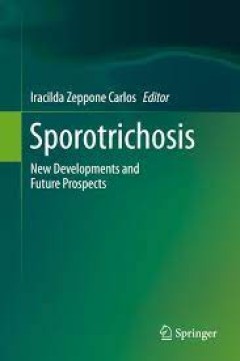
Sporotrichosis New Developments and Future Prospects
The book presents current affairs of Sporotrichosis as emergent disease with emphasis on the potential factors associated with genetic polymorphisms in Sporothrix complex. Constitutive and inducible factors play an essential role in the response of the fungal cell to the environment as determinant in the immunopathogenicity, highlighting clinical forms of Sporotrichosis and host immunocompetenc…
- Edition
- -
- ISBN/ISSN
- 978-3-319-11912-0
- Collation
- -
- Series Title
- -
- Call Number
- -
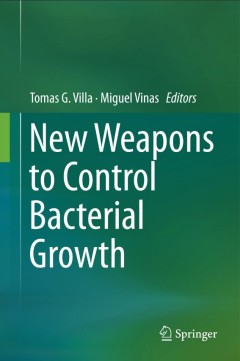
New Weapons to Control Bacterial Growth
Written by specialists in the different fields, this book presents new perspectives and insights into strategies and weapons to fight microbial infections. It also reviews the “state of the art” of alternative treatment approaches and new therapeutic agents to deal with infections caused by multidrug-resistant microorganisms. In an era of accumulated resistance to current antibiotics, it is…
- Edition
- 1
- ISBN/ISSN
- 978-3-319-28366-1
- Collation
- VI, 556
- Series Title
- -
- Call Number
- -
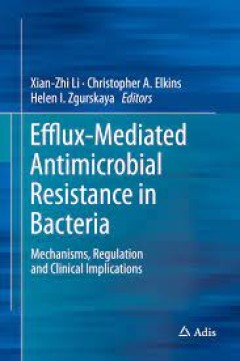
Efflux-Mediated Antimicrobial Resistance in Bacteria Mechanisms, Regulation …
This book, written by leading international experts, provides a comprehensive, current examination of transport-mediated antimicrobial resistance. As a particularly powerful mechanism of multidrug resistance, an in-depth examination of efflux pumps is conducted with bacteria of major public health concern including Enterobacteriaceae, Acinetobacter, Neisseria, Pseudomonas, staphylococci, and my…
- Edition
- -
- ISBN/ISSN
- 978-3-319-39658-3
- Collation
- -
- Series Title
- -
- Call Number
- -
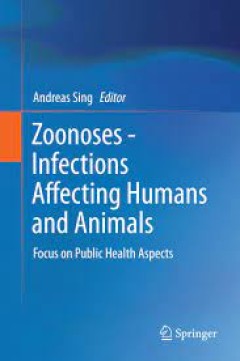
Zoonoses - Infections Affecting Humans and Animals Focus on Public Health As…
The book will cover the most important zoonoses with a public health impact and debate actual developments in this field from a One Health perspective. The outline of the book follows a “setting” approach, i.e. special settings of zoonoses with a public health aspect, rather than presenting a simple textbook of an encyclopedic character. Main chapters will deal with zoonoses in the food cha…
- Edition
- -
- ISBN/ISSN
- 978-94-017-9457-2
- Collation
- -
- Series Title
- -
- Call Number
- -
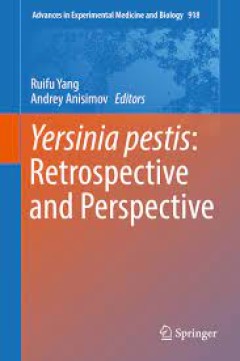
Yersinia pestis: Retrospective and Perspective
This book addresses nearly every aspect of Y. pestis, approaching it from a new perspective. Topics covered include the history, epidemiology, physiology, ecology, genome, evolution, pathogenesis, host-pathogen interaction, big-data-driven research, vaccines, clinical aspects and future research trends. For centuries, scientists have sought to determine where Y. pestis, the most well-known bact…
- Edition
- -
- ISBN/ISSN
- 978-94-024-0890-4
- Collation
- -
- Series Title
- -
- Call Number
- -

The Marine Microbiome
The marine microbiome is the total of microorganisms and viruses in the ocean and seas and in any connected environment, including the seafloor and marine animals and plants. The diversity of microbial life remains unquantified and largely unknown, and could represent a hidden treasure for human society. Accordingly, this book is also intended to connect academics and industry, providing essent…
- Edition
- -
- ISBN/ISSN
- 978-3-319-33000-6
- Collation
- XIV, 498
- Series Title
- -
- Call Number
- 660.63
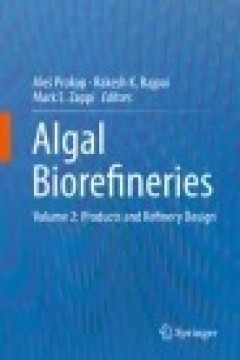
Algal Biorefineries: Volume 2: Products and Refinery Design
Algae offer potential to produce renewable chemicals and fuels using solar energy and carbon dioxide from atmosphere or in flue gases while simultaneously reducing the generation of greenhouse gases. Since these can be grown on marginal lands with micronutrients and macronutrients often present in waste streams, algae-based chemicals and fuels do not compete with foods. Still large-scale produc…
- Edition
- Ed. 1
- ISBN/ISSN
- 978-3-319-20200-6
- Collation
- VIII, 557
- Series Title
- -
- Call Number
- 576 ALG a
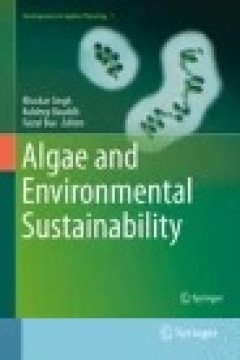
Algae and Environmental Sustainability
This book presents the dynamic role of algae in a sustainable environment. Two major aspects, namely bioenergy and bioremediation, have been elaborated in various chapter contributed by scientists and teachers from different geographical areas throughout the world. Algal biofuels is an emerging area of equal interest to researchers, industries, and policy makers working or focusing on alternati…
- Edition
- Ed. 1
- ISBN/ISSN
- 978-81-322-2641-3
- Collation
- XVIII, 181
- Series Title
- Developments in Applied Phycology
- Call Number
- 576 ALG a
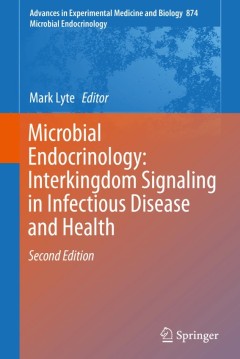
Microbial Endocrinology: Interkingdom Signaling in Infectious Disease and Health
This new edition highlights the numerous advances made in the field of microbial endocrinology over the last five years. Prominent among these new topics featured is the emergence of the microbiota-gut-brain axis and the role it plays in brain function. Specific focus is given to the role of microbial endocrinology in the evolutionary symbiosis between man and microbe as it relates to both heal…
- Edition
- 1
- ISBN/ISSN
- 978-3-319-20214-3
- Collation
- XIII, 374
- Series Title
- Advances in Experimental Medicine and Biology
- Call Number
- -
 Computer Science, Information & General Works
Computer Science, Information & General Works  Philosophy & Psychology
Philosophy & Psychology  Religion
Religion  Social Sciences
Social Sciences  Language
Language  Pure Science
Pure Science  Applied Sciences
Applied Sciences  Art & Recreation
Art & Recreation  Literature
Literature  History & Geography
History & Geography